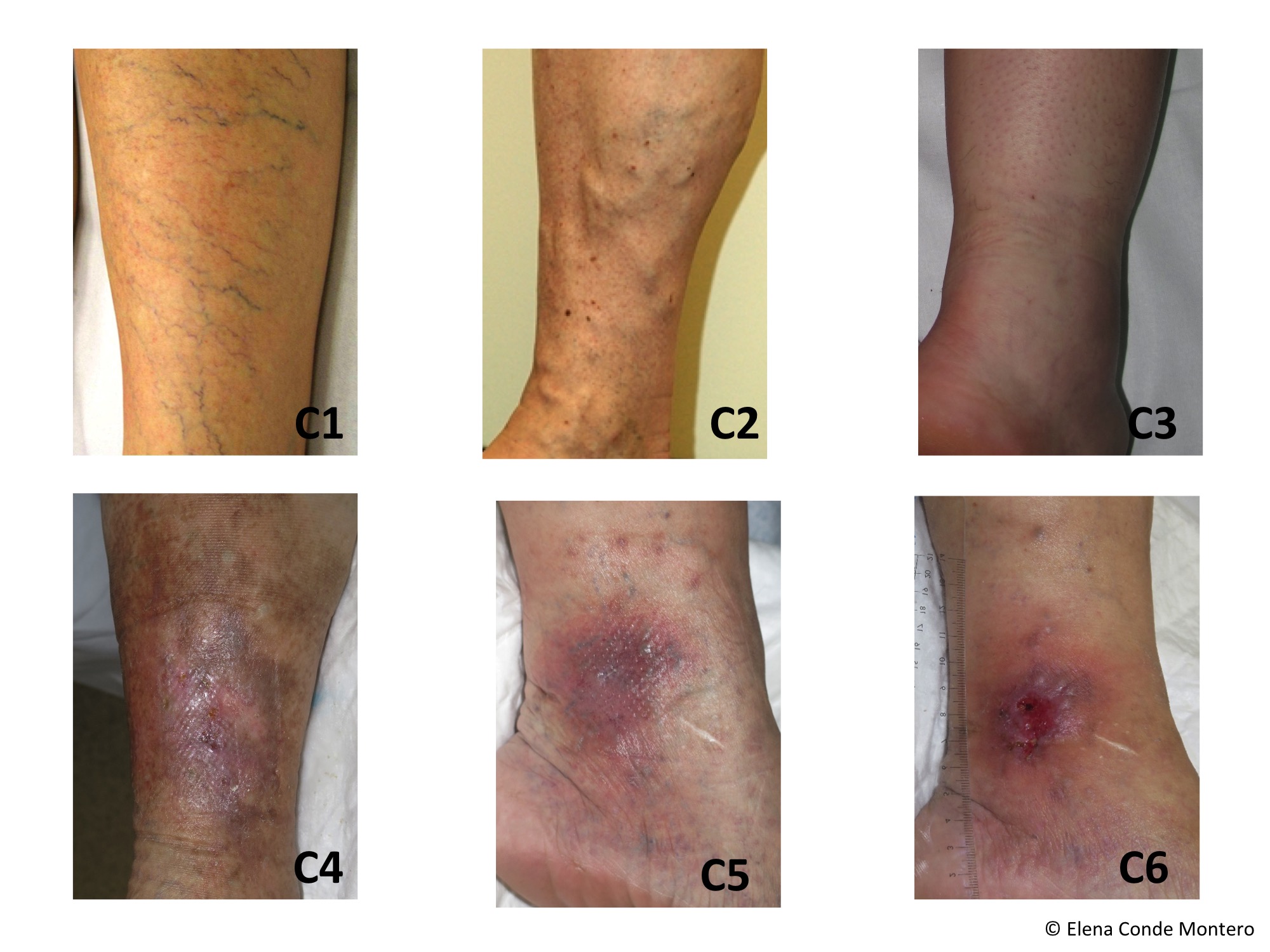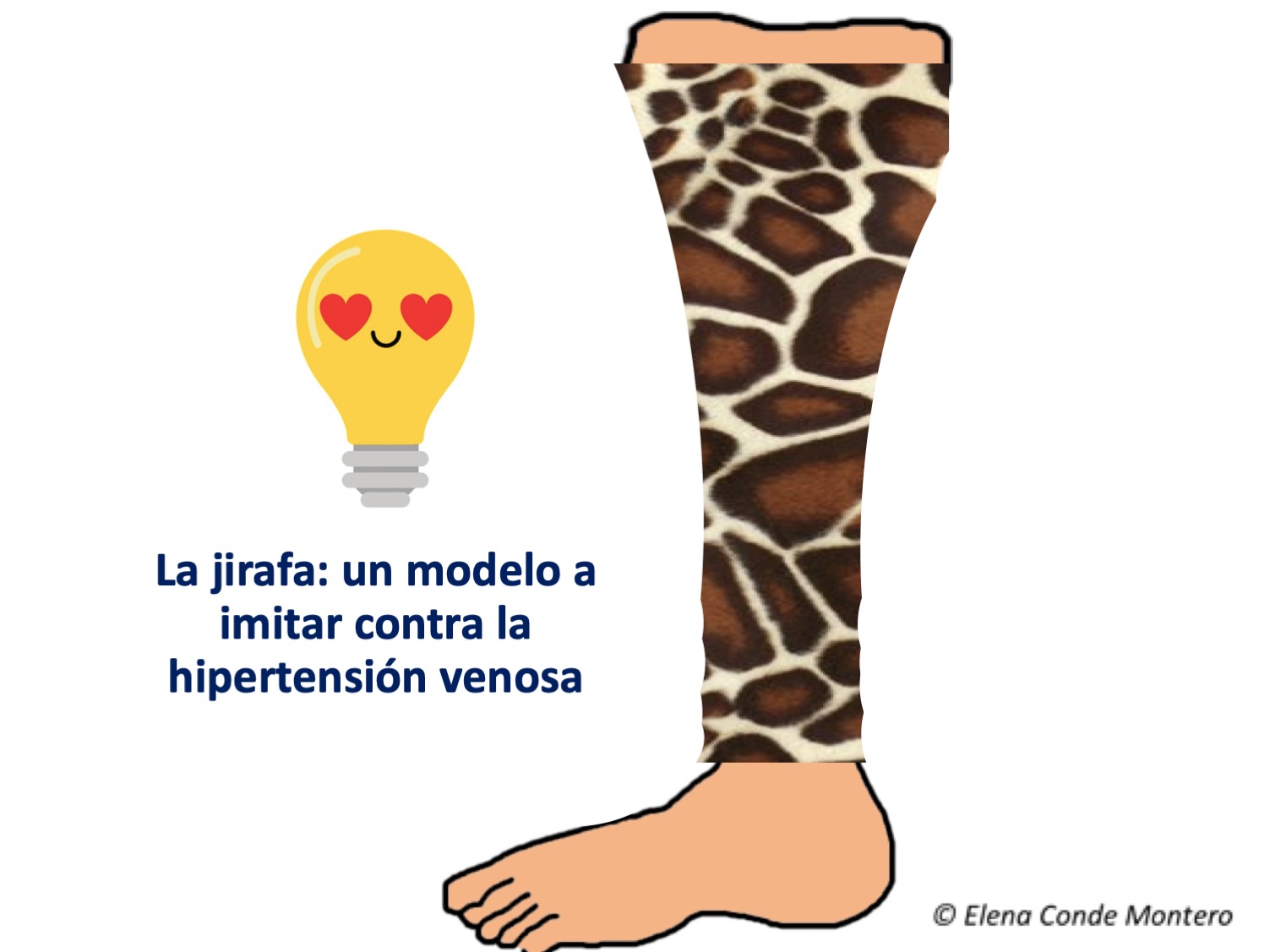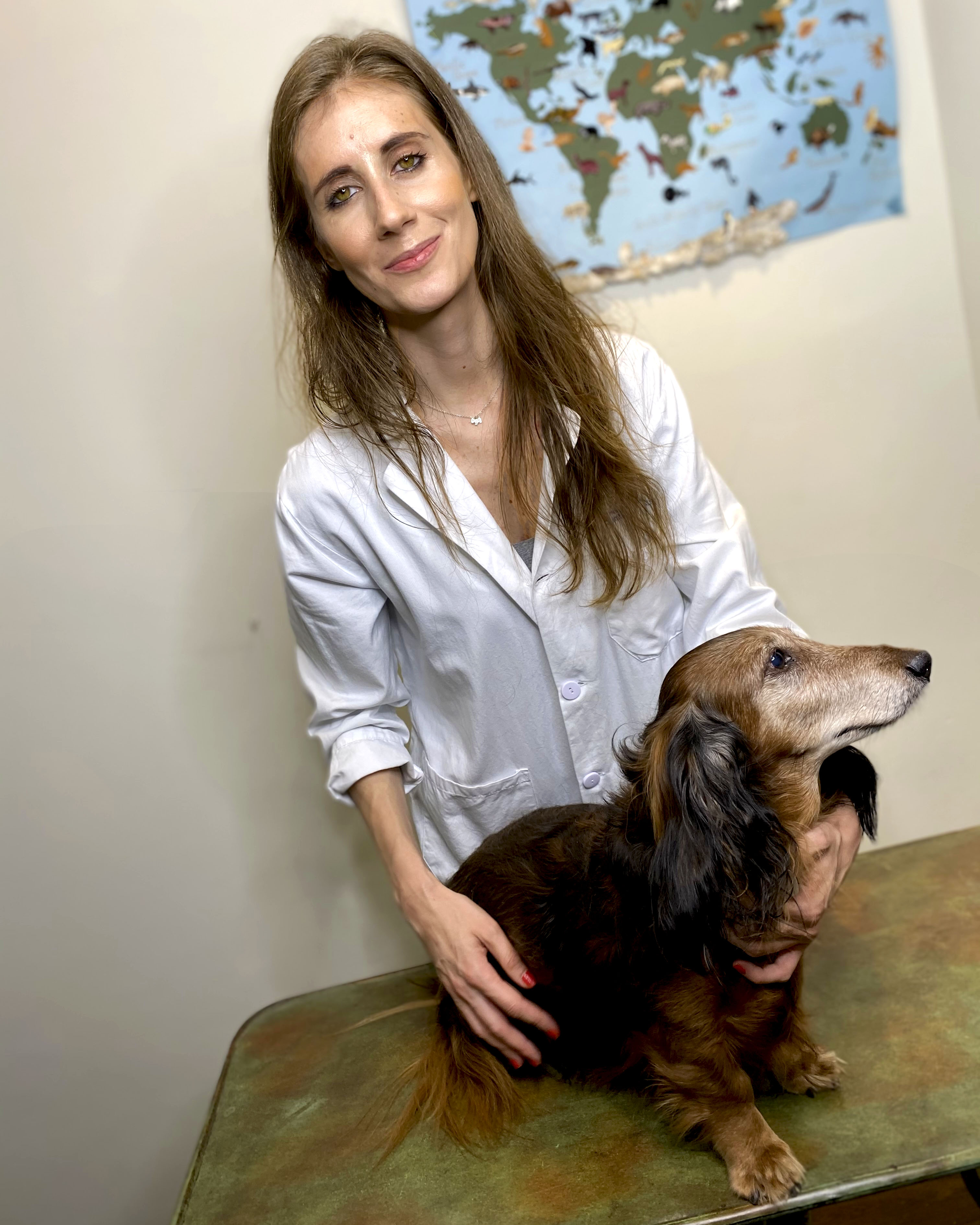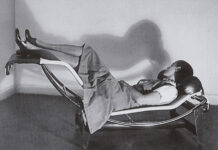Surely this question has ever crossed your mind… In this post we are going to see why vets never have to treat venous ulcers, nor other signs of chronic venous insufficiency, such as stasis eczema or lipodermatosclerosis;)
Chronic venous insufficiency (CVI) can be considered a disease unique to humans. This is mainly due to the fact that humans are bipedal, with long limbs and that our skin is elastic (we have many elastin fibres in the superficial and deep dermis). Here is a reminder of the clinical stages of the CEAP classification of chronic venous disease (which is considered CVI from C3 onwards), and I take this opportunity to recommend the post “Corona phlebectatica: sign of advanced chronic insufficiency”, where I explain the new developments in this classification;)

Quadrupedality is a protective factor against venous hypertension, which is the cause of venous ulcers. But this does not mean that animals are free from having varicose veins or at least distended and irregular veins… In fact, horses and cows can have them… So why don’t they develop stasis skin changes and venous ulcers? Because their leg skin is thick and has many collagen fibres and few elastin fibres (i.e. it is a tight, inelastic framework). Therefore, their skin increases the underlying tissue pressure and acts as a wall against which the muscle collides when contracting and, consequently, facilitates the valve closure of the veins, promoting venous and lymphatic return. In other words, its skin is a very efficient compression system, as it works as a bandage with a high degree of rigidity. In the post “Band and bandage: not the same thing” you will find the explanation of the elasticity of a band and the rigidity of a bandage.
The case of giraffes is very interesting. A priori, without the information I have just given, it is easy to think that, because of their height and the length of their legs, they could have chronic venous disease. However, despite having venous pressures of 250mmHg in their ankles, they do not develop varicose veins due to the inelastic characteristics of their skin. One study has shown that in the dermis of giraffe legs there is a high density of collagen fibres and little elastin (just enough to allow mobility without skin distension).1

Observation of giraffe feet inspired the design of self-adjusting compression devices with Velcro fasteners.2
So, although it is difficult to use animal models to study chronic venous disease, which is unique to humans, the identification of preventive and protective factors present in animals has clear implications for therapeutic innovation in humans.
How much we have to learn from our animal friends – Merry Christmas!

Also available in: Español (Spanish)






